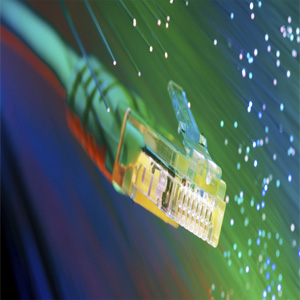THANK YOU FOR SUBSCRIBING
IEEE 802.3bw Delivers Ethernet for Internal Networking Within Automobiles
The 802.3bw project has been approved and is developing a fast-track 802.3 standard from the OPEN Alliance BroadR-Reach (OABR) standard.

By
Apac CIOOutlook | Tuesday, April 26, 2016
Stay ahead of the industry with exclusive feature stories on the top companies, expert insights and the latest news delivered straight to your inbox. Subscribe today.
PISCATAWAY, NJ: IEEE, a professional association advancing innovation and technological excellence for the benefit of humanity, launches the automotive standard for 100Mbps Ethernet over twisted single pair cable.
The 802.3bw project is standardizing the 100BASE-T1, 100Mbps PHY (Physical layer specification). The 802.3bw project has been approved and is developing a fast-track 802.3 standard from the OPEN Alliance BroadR-Reach (OABR) standard.
The Ethernet standard mostly is used in in-car automotive network to provide cost-effective, high-bandwidth connectivity in advanced driver assistance systems (ADAS) and infotainment system.
The main challengefor automotive industries is to cut down weight; the 100 Mb/s Ethernet standards that operate over a single twisted pair will address this issue. This will simplify the cumbersome, heavy and complicated wiring harnesses in use today, while providing high data rates.
“This is another example of the diversification of Ethernet into new application areas, providing the opportunity for them to leverage the vast wealth of Ethernet technology,” says David Law, Distinguished Engineer of the IEEE 802.3 Ethernet Working Group and distinguished technologist with Hewlett Packard Enterprise. “The 100BASE-T1 standard was based upon, and is interoperable with, the existing OPEN Alliance BroadR-Reach® automotive specification. 100BASE-T1, however, is only the first in a family of Ethernet standards to address these application areas, with other projects underway in IEEE 802.3 to develop 1 Gb/s operation and power delivery over a single twisted pair cable, as well as traffic prioritization.”





